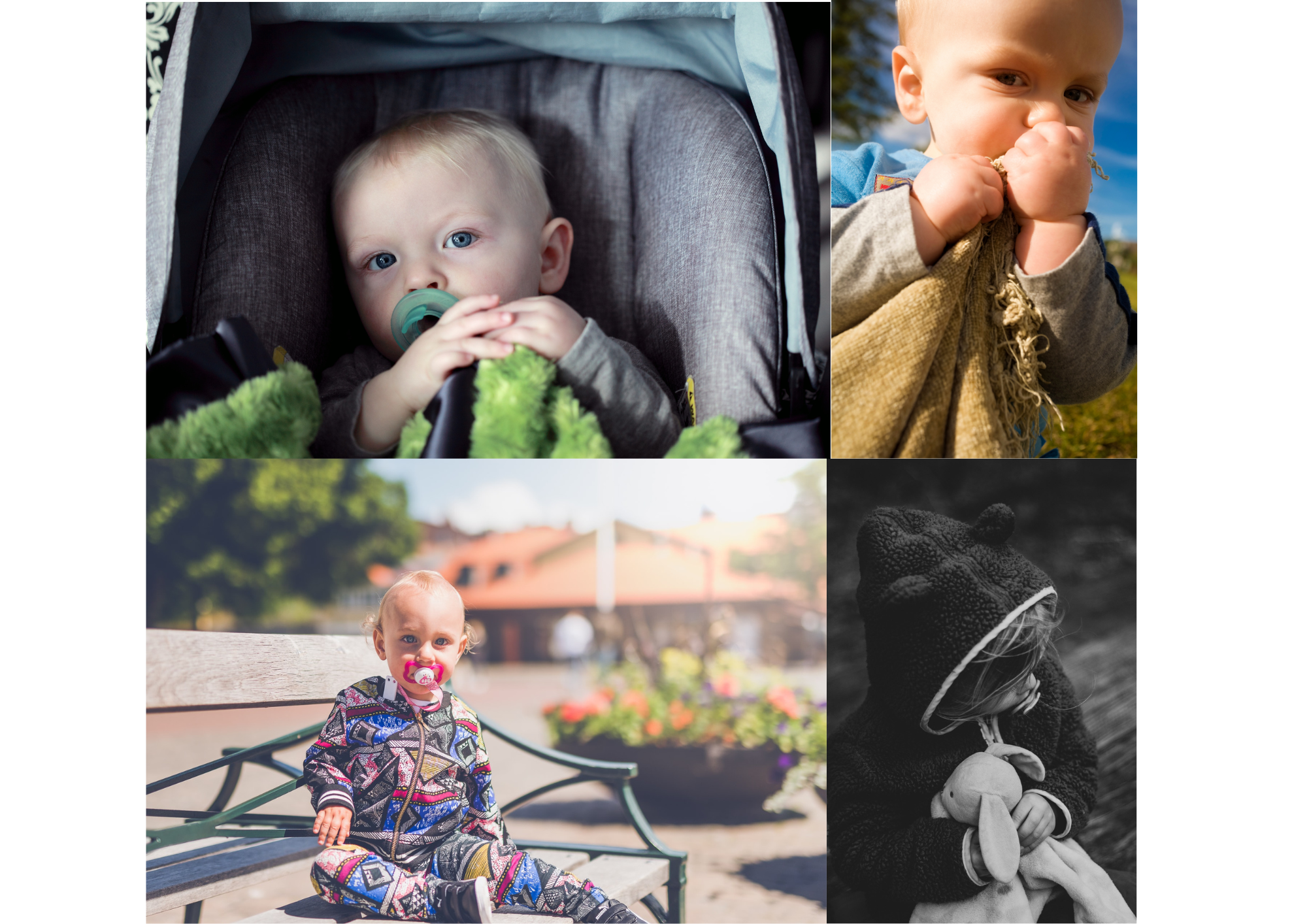Woobies
From the moments before we’re born, we experience pain to some degree.
Pressure of the womb, pain of birth, bright lights in our eyes, cold air on our skin and in our lungs, the hospital staff probing at us, all before we are snuggled up to our mothers.
(For my readers who never had the opportunity to be placed with their mothers, I have deep empathy for you and hope this writing will be comforting and enlightening for you.)
The first nurture we get outside the womb is the blanket we’re wrapped in and the bottle or breast placed in our mouths.
Some are given pacifiers to help soothe them.
Crying out for our needs . . .
We cry because that’s all our brains know to do to relieve the tension we experience.
It’s baby’s way of alerting someone to take away the discomfort we experience:
Hunger, warm/cold, wet, lonely, scared.
We need all of our needs met by our caregivers and crying is our only way of communicating.
Adults provide baby care based on beliefs learned through books, family, media, etc.
One type is very reactive to their baby’s cries, doing and trying anything they can to soothe baby and stop the crying.
Another group has the mindset that babies will learn to soothe themselves and have a more hands-off approach response to the crying past meeting the basic needs of hunger, diaper, and environment.
Others fall somewhere in between.
There are a lot of opinions about responding to the cries, a lot of these I heard from my own mom when my kids were babies -
“It’s good to let them cry themselves to sleep.”
“Don’t spoil the baby by picking them up all the time.”
Regardless of the parenting style you grew up with, you learned ways to soothe yourself - either by example or by force - but you never lost the need of connection to your caregiver.
This is the foundation of Attachment Theory.
Beginning the venturing off . . .
As babies turn into waddlers and toddlers, their need for autonomy emerges.
However, they still need their mom (or primary caregiver) for safety.
Through this beginning transition into independence, littles will hold onto the clothing or hand of their mom while stretching away.
They soon realize that what they want explore is out of reach of mom.
They let go of mom’s hand and move slightly away, looking back to be sure she’s still there, but quickly dart back to the safety of mom.
They do this again and again, going further, staying away from mom for longer bits of time, but continue to have her in their sight.
Their urge to explore is strong, but so is their need to be in the safety of mom.
The Power of the Woobie
We don’t really know the power of stuffed animals and blankets when we first give them to our babies, but as babies are developing they are developing attachment to the objects around them and these woobies become much more than objects to babies.
They’re comfort within.
As toddlers continue on their quest to explore, they can only do so when they feel safe and secure.
They can’t take mom with them, so they take something that provides that connection - their woobies: a pacifier, blanket, stuffy, a book, their thumb, etc.
Having these woobies in their possession gives them the confidence to explore further, eventually not even having to look back to be sure mom is nearby.
Not as often, anyway.
Without being aware, adults see the child through a developed brain that has learned self-soothing, self-regulation to some degree, but young children haven’t learned any of these skills until we teach them.
We’re born with an empty slate that needs to be shown how.
Too often parents deny children their connective woobies because they don’t understand why children need them.
And, for those children who relied on woobies, they find that as they get a bit older, adults judge and feel judged about when their children are going to give up their woobies.
Rules are applied…without even confirming if the child is ready or not.
Parents decide to stop the thumb, bottle, or breast and take away the blanket and the pacifier.
The loss of the healthy comforting woobie can leave a child feeling lost and confused.
The child might start to cry more, have difficulty sleeping, wake up crying, resume holding onto parents, sneak their thumb, and the childish woobie gets replaced by something more acceptable to society.
Unhealthy Woobies
Throughout our lives, if there are parts of us with pain that wasn’t healed, and we never really found woobies that soothe us deeply or our woobies were taken away too early, we adopt “adult woobies” to help release the tension.
Food, television, phone apps, holding on to objects and clinging to dysfunctional relationships, cigarettes, alcohol, sex, drugs, and even obsessively working are self-soothing woobies that come with negative consequences that cause more pain.
And so we find ways to relieve that new pain with something else.
We all have a lifetime of experience with our own set of woobies.
They served you for a reason, and may continue serving you today.
They can be hard to give up.
Woobies can and do shift as we go along through life.
People carry smooth rocks in their pockets to rub between their fingers. Just knowing the rock is there is comforting enough.
Others wear certain types of fabric that soothes their skin.
Other examples - your favorite cup, a favorite ring you spin on your finger, jewelry, a blanket you sleep with, your phone, holding a glass or a cigarette in your hand.
Work can become a woobie: The safety of being needed, the paycheck for support, the power outside of self, etc.
People can become our woobies.
For example, someone with addiction woobie can find a woobie substitute in their sponsor, or probation officer if the addiction caused too much conflict.
Others find woobies in extramarital affairs to relieve the tension of the conflict in their primary relationships.
Some woobies are very innocent, others are very harmful.
Most are somewhere in between.
Recognizing we have woobies is crucial to our mental health because they’re an indicator of tension we’re experiencing.
Releasing that tension will release the woobie, if that’s what you desire.
In my journey of Getting Past Survivor, I had my own Woobies.
After I was raped the first time at 7, I began sucking my thumb. My thumb was my way of easing the fear, pain, confusion I was experiencing.
That woobie continued for quite a few years and was met with so much negativity and teasing and countless attempts to get me to stop.
I know I couldn’t stop sucking my thumb, I still needed that soothing while I endured continued sexual abuse and bullying.
Outside the privacy of my room, I found comfort in sweets.
The sweets woobie lasted decades after the thumb woobie was no longer used in my early teens.
Some of my woobies I’m keeping because they’re simply comforting for me - my morning cup of coffee, for example.
Others I’ve let go of because they caused more tension.
My strongest woobie, sweets, made me quite overweight which was very painful emotionally - more sweets woobie, please.
I gave up sweets, but when I lost a significant amount of weight I found myself craving sweets again.
Turned out that I hadn’t recognized the use of the sweets woobie to comfort my tastebuds and ultimately to keep me in a body that wasn’t attractive to people and protect me from unwanted sexual advances.
I needed a woobie when I was thin to relieve the negative feelings I experienced.
This cycle of gaining and losing was a cycle of tension/relief/tension/relief.
I needed to resolve my mindset around being thinner in order to no longer need the sweets woobie.
What woobies do you recognize in your life?
Your present, your past, your childhood? What do you think they’re relieving?
The brain is brilliant at taking care of us and woobies were the first tool we ever learned.
They worked then and they work now, although not always how we want them to.
Let me know if you’d like to explore the woobies of your life!





